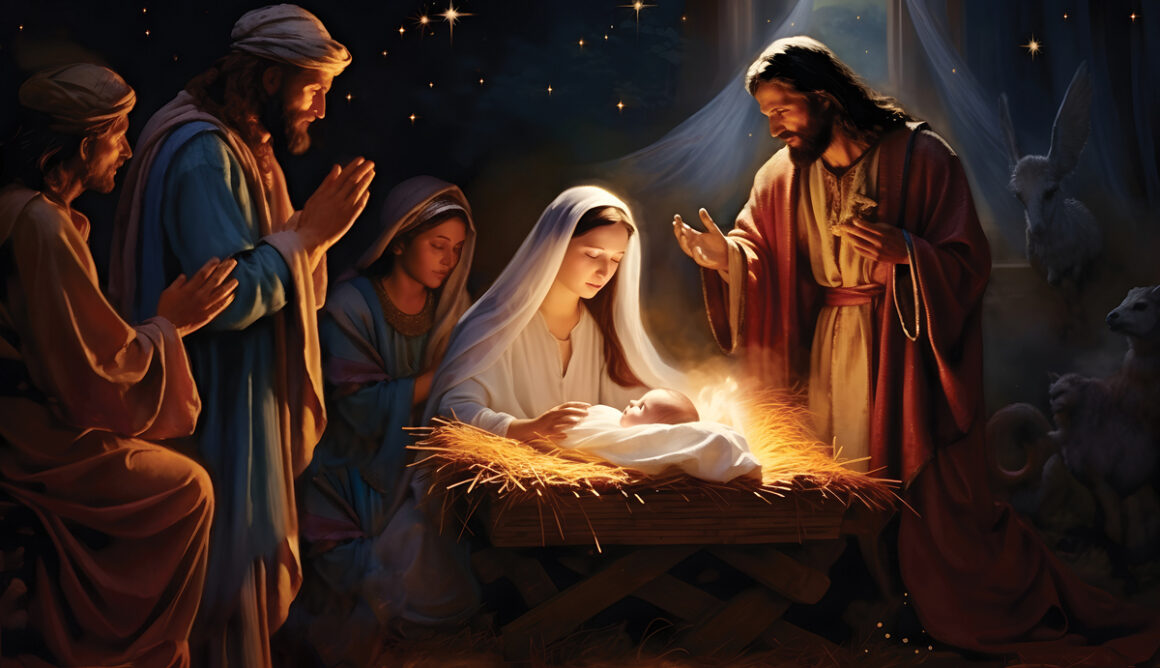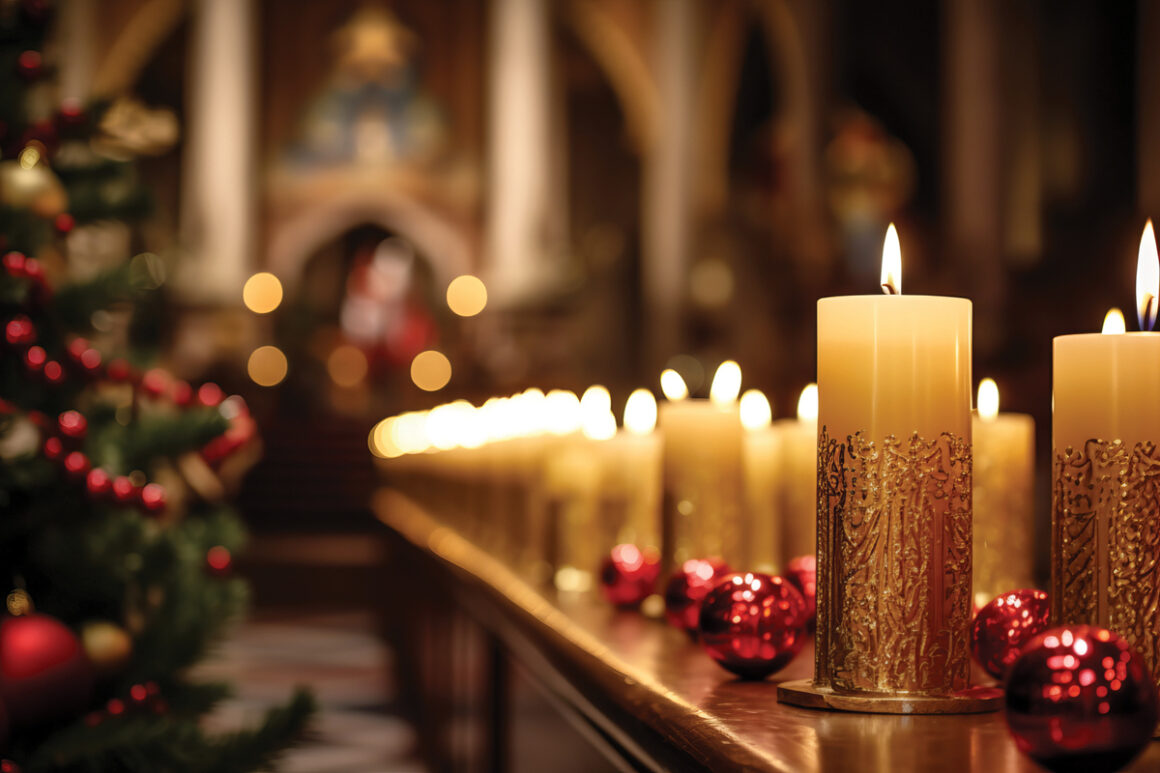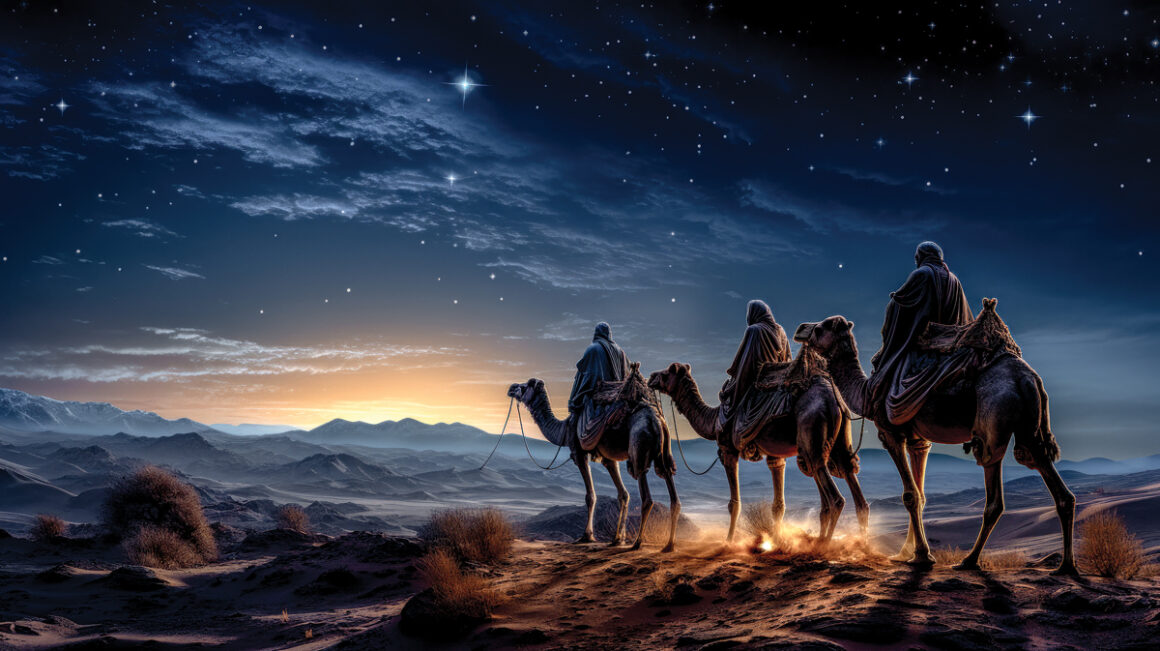The Origins of Christmas
Amidst the myriad tales and colourful interpretations surrounding the origins of Christmas, one narrative stands as a cornerstone in the hearts of millions worldwide — the religious rendition that traces its roots to the birth of Jesus Christ. While numerous fascinating accounts and historical ties weave through the tapestry of this celebrated holiday, this article delves into the version most commonly embraced and followed within Christian traditions. Amidst the whispers of ancient pagan festivals, folklore, and cultural influences, the religious version of Christmas remains a steadfast beacon, embodying the sacred significance of the birth of Jesus Christ within Christian communities globally.
The story begins in Bethlehem over two thousand years ago. According to Christian tradition, Mary and Joseph, a couple from Nazareth, travelled to Bethlehem for the census. Unable to find lodging, they sought shelter in a humble stable, where Mary gave birth to Jesus. The Gospels of Matthew and Luke narrate the miraculous birth, depicting it as the fulfilment of ancient prophecies heralding the arrival of a Messiah.
Angels announced the birth to shepherds, who then visited the newborn, guided by a brilliant star. Wise men, or Magi, from the East, followed the same celestial sign, bearing gifts of gold, frankincense, and myrrh, symbolizing Jesus’s future roles as king, priest, and sacrifice.
The celebration of Jesus’s birth on December 25th originated in the early Christian church. While the exact date remains uncertain and was likely chosen to coincide with existing pagan winter solstice festivals, December 25th was established as the day to honour Christ’s nativity.
Over the centuries, Christmas evolved within Christian communities, intertwining religious observances with cultural customs. Churches began holding special services, known as Midnight Mass or Christmas Eve services, to commemorate the birth of Jesus. The focus of these services centred on the significance of Christ’s arrival as the incarnation of God’s love and salvation for humanity.
The religious symbolism of Christmas extends beyond the nativity story. The Advent season, observed in the weeks leading up to Christmas, represents a period of anticipation and preparation for the coming of Christ. Advent wreaths with candles symbolize hope, peace, joy, and love, with believers lighting a candle each Sunday leading up to Christmas.
The traditional Nativity scene, depicting the baby Jesus in a manger surrounded by Mary, Joseph, shepherds, and animals, serves as a visual representation of the humble circumstances of Christ’s birth and emphasizes the Christian belief in the incarnation of God in human form.
Throughout Christian history, Christmas has remained a significant religious holiday, fostering traditions of prayer, reflection, and acts of charity. The emphasis on the birth of Jesus Christ as the central figure in Christianity continues to be the cornerstone of the religious observance of Christmas for millions of believers worldwide.
Later in the magazine we investigate an alternative version about the origins of Christmas and why we hold such traditions to this day.



